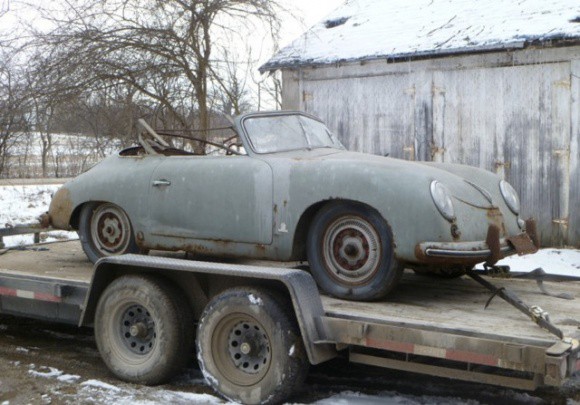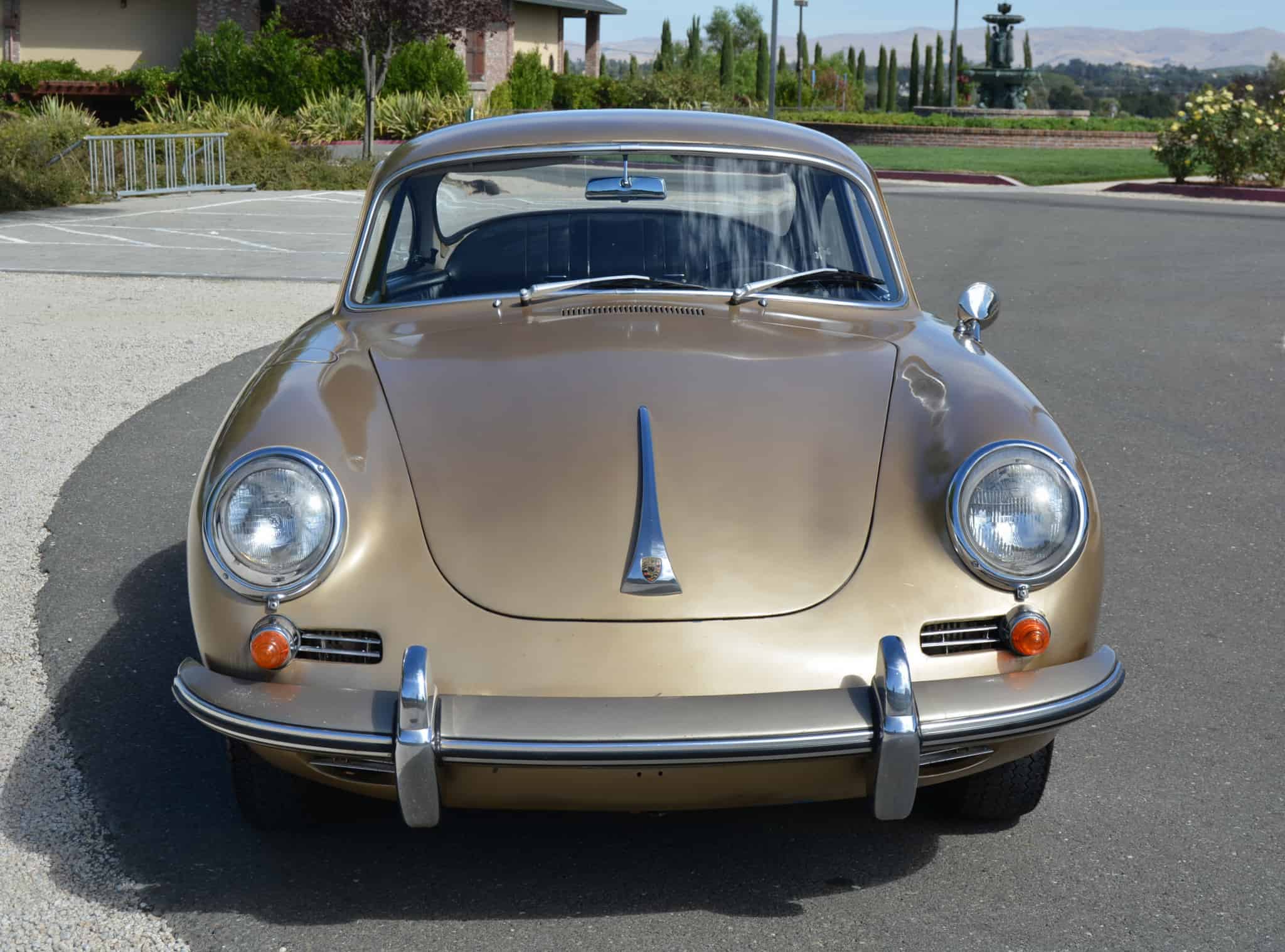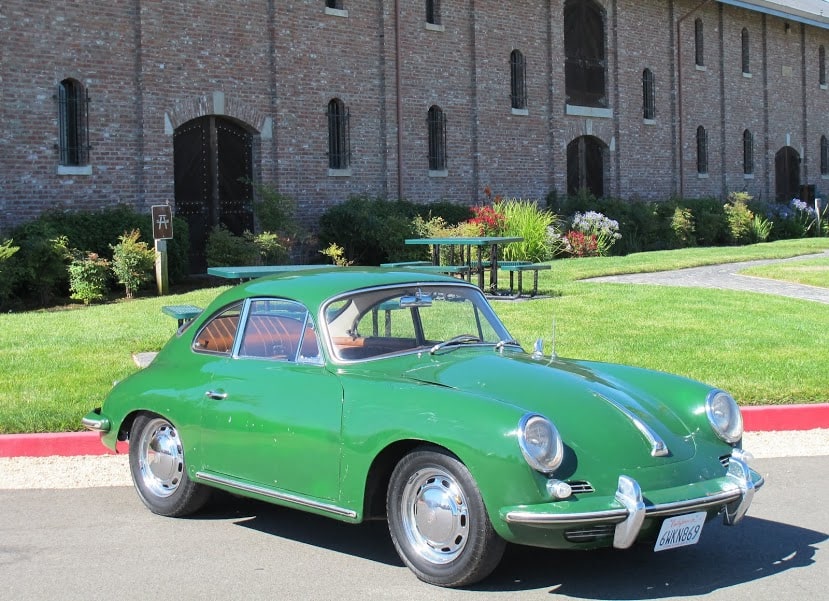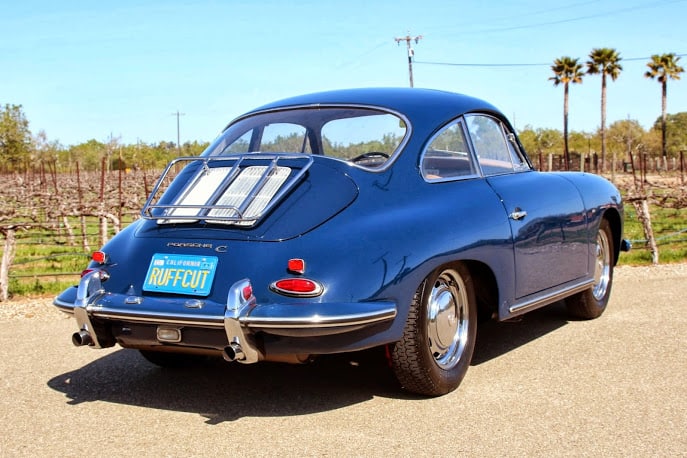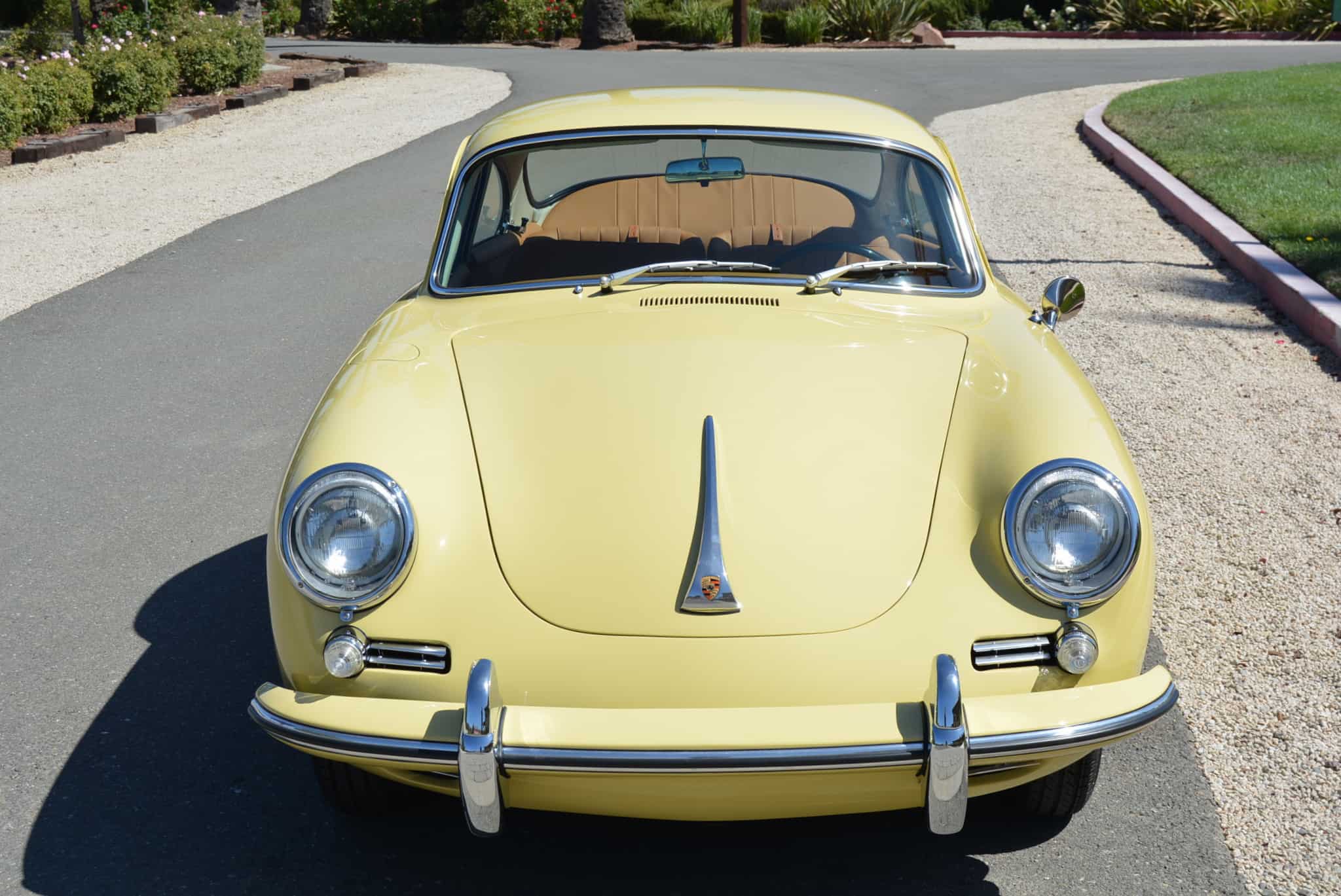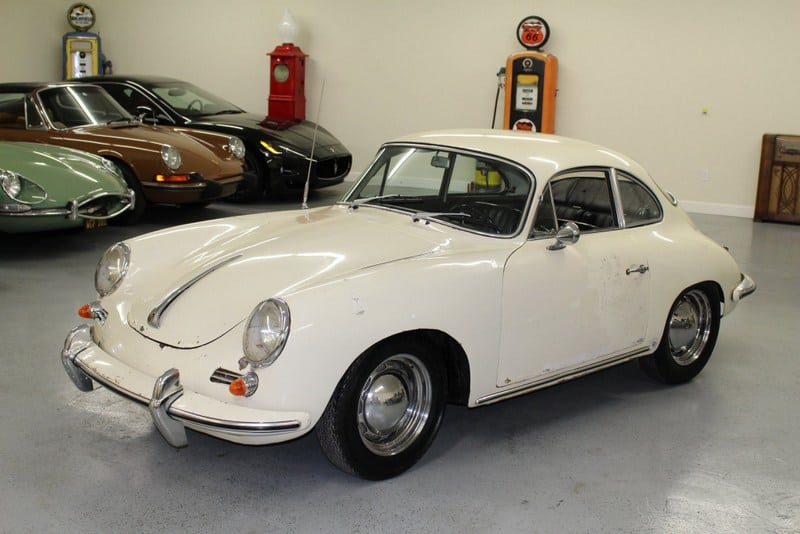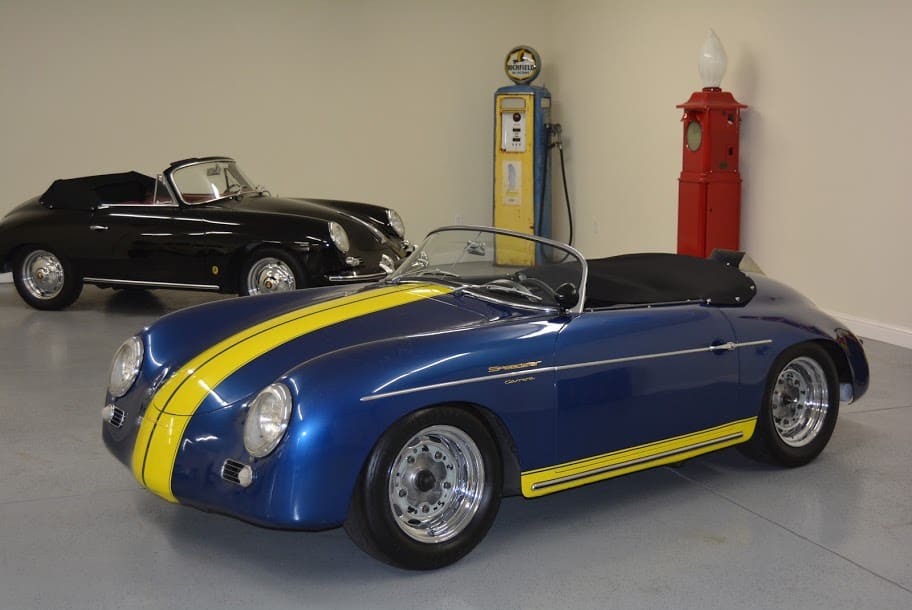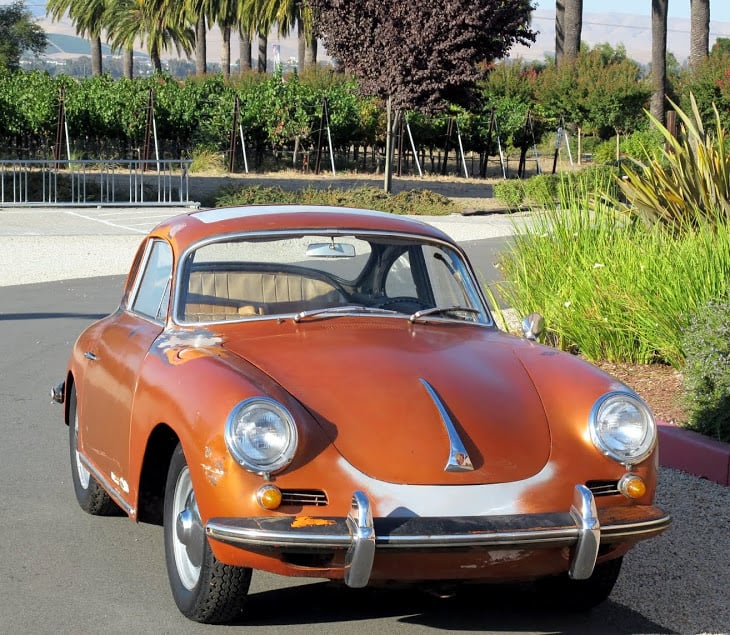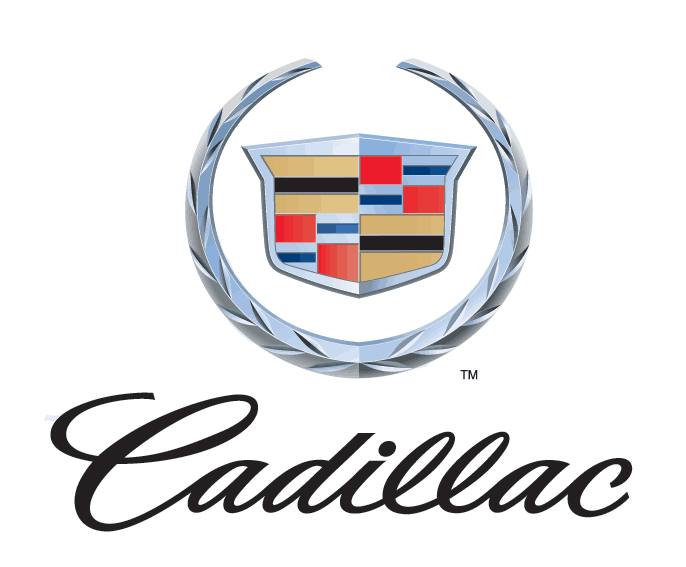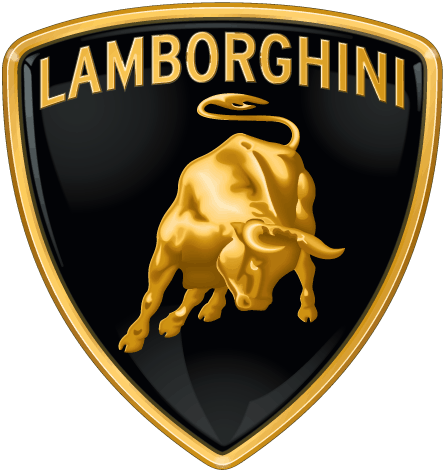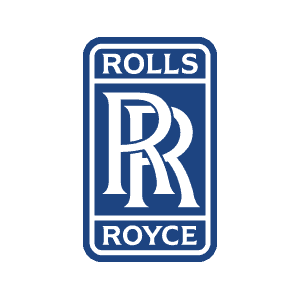Porsche 356
The introduction of Porsche 356 models occurred in 1950 and helped propel Porsche into worldview among other top auto manufacturers.
356’s were so popular that even Dutch authorities drove them!
Early Porsche 356 Prototypes
Chassis’ for the 356 proved sturdy and were anchored by bulkheads in the cowl and behind seats that turned inward at each end. 356 chassis were inspired via 114’s as well as Karl Frohlich’s Auto Union ideas. VW hardware helped the 356 survive the highly turbulent situations.
After being labeled the 356/1, an aluminum body was added to the prototype. The overall pattern for future 356 production was set, but the 356/1 held a series of unique traits.
Reaching the engine consisted of using the front operated top as an alternative to a tiny hatch. Enough room for an extra wheel behind the engine was a 356 perk.
Speedometers and a clock on the glovebox were the only instruments present within the 356. Sporty appearance and aerodynamic features separated the 356 from other vehicles at the time.
356/2 Prototype
With coupe and cabriolet models planned, the 356/2 differed in design from the first 356 prototypes with a new frame, body style, and engine placement. 356/2’s are also known as the first production Porsche.
Engine placement for 356/2 vehicles sat behind the rear-wheel centerline. Moving the engine more out of the way provided a similar overall package size to the previous model while introducing a new exterior look. In 1948, four 356/2 models were built by hand while 25 were churned out the next year.
356 A Model
By 1955, numerous small changes had been made to the 356 to create a significant new product. Type 1 factory designation through the 356 A led to the T1 nickname among car enthusiasts. Early 1957 led to a new 356 A known at the T2. Porsche saw a peak of production at 1,171 cars in 1957 before the eventual decline.
356 B
Distinctive style and technical alterations paved the way for 356 B models in late 1959. In 1962, a T6 body type was implemented. New engine grilles, an outside fuel filler, and a giant back window were among some of the new design elements.
Special edition Karmann hardtop 356 B models were created during 1961 and 1962.
Before we jump into the conclusion—fun 356 fact:
An aging sawmill in Austria housed production for every 356 model during two consecutive years of manufacturing.
356 Conclusion
1948 was a milestone year for Porsche as the 356/1 prototype was released with innovative design. Series production of the Porsche 356 commenced not long after the prototype during 1950. International attention was brought toward Porsche when the 356 SL won Le Mans in 1951.
Through spyder releases and continual improvement, Porsche had a strong start to their production history with the advent of the 356 as the car propelled Porsche into the mainstream. 356 release plans still dominate Porsche’s landscape today with some focus being placed on streetcars, while the rest of the company’s focus is on producing race cars.

